Question
Instructions. You are encouraged to work in groups, but everybody must write their own solution to the problem that is for grade. Good Luck! 1.
Instructions. You are encouraged to work in groups, but everybody must write their own
solution to the problem that is for grade. Good Luck!
1. (For Grade) There are finitely many states s 2 S. The set of outcomes is [0; 1), the
amount of consumption. Consider an expected utility maximizer with utility function
u (c) = p
c. Suppose that for each state s 2 S, there is an asset As that pays 1
unit of consumption if the state is s and 0 otherwise (these are called Arrow-Debreu
securities). Suppose also that we know the preference of the decision maker among
these assets and the constant consumption levels; e.g., we know how he compares an
asset As to consuming c at every state.
(a) Derive the decision maker's preference relation among all acts from the above
information.
(b) Assume that the decision maker has a fixed amount of money M, which he cannot
consume unless he invests in the Arrow-Debreu securities above, assuming that
these securities are perfectly divisible, and the price of a unit of As is some ps > 0.
Derive the demand of the decision maker for these securities as a function of the
price vector p = (ps)
s2S
:
2. Ann is an expected utility maximizer, but she does not know her preferences, which
she can learn by costly contemplation. To model this situation, take S = [0; 1], and let
Z R be a finite set of consequences with at leat two elements. Assume that Anns
von Neumann utility function is
u (z) = z 8z 2 Z;
and her belief on S is represented by uniform distribution. For any n and some fixed
c > 0, by spending cn utilities, Ann can obtain a partition
Pn = f[0; 1=2
n
];(1=2
n
; 2=2
n
); : : : ;(k=2
n
;(k + 1) =2
n
); : : : ; [(2n1) =2
n
; 1]g
and observe the cell In (s) 2 Pn in which the true state s lies. After the observation,
she assigns uniform distribution on In (s) and can choose an act f : S ! Z under the
new belief. Her eventual payoff is u (f (s))cn. Now imagine that, given any two acts
f and g, Ann first chooses n and, after observing the cell in which s lies, she chooses
one of the acts f and g. She does so in order to maximize her expected payo minus
the cost cn, knowing all along that she will choose one of the acts f and g optimally
based on her observation. Write f s g if Ann may end up choosing f when the true
state happens to be s. Check which of the postulates P1-P5 of Savage is satisfied by
s for any fixed s.
3. Under the assumptions P1-P5, prove or disprove the following statement
(a) For any partition A1; : : : ; An of S, and for any acts f; g 2 F,
[f g given Ak for all Ak] ) f g:
(b) If A _
1B1, A _
2B2, and A1 \ A2 = ?, then A1 [ A _
2B1 [ B2.
(c) For any given event D, define "_ given D" by A_ B given D if A \ D_ B \ D.
The relation _ given D is a qualitative probability.
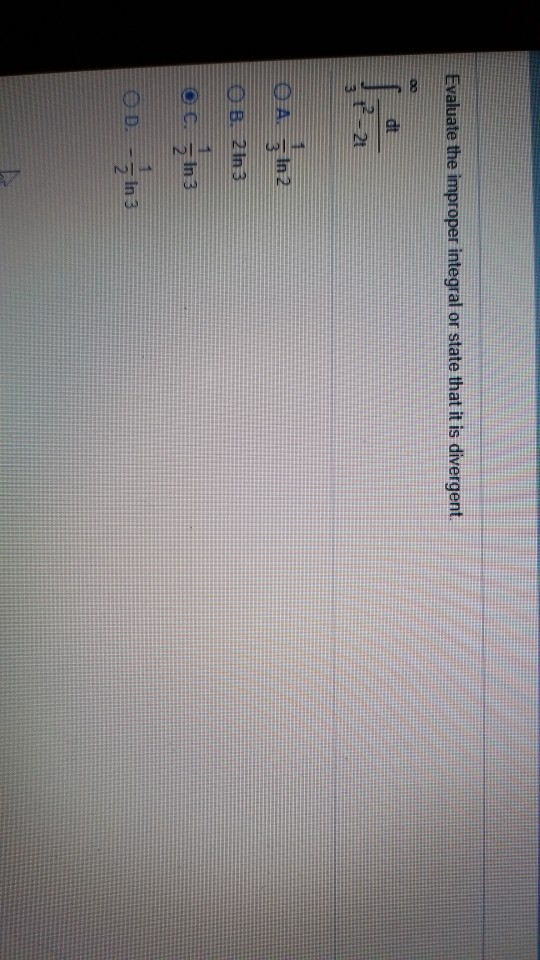
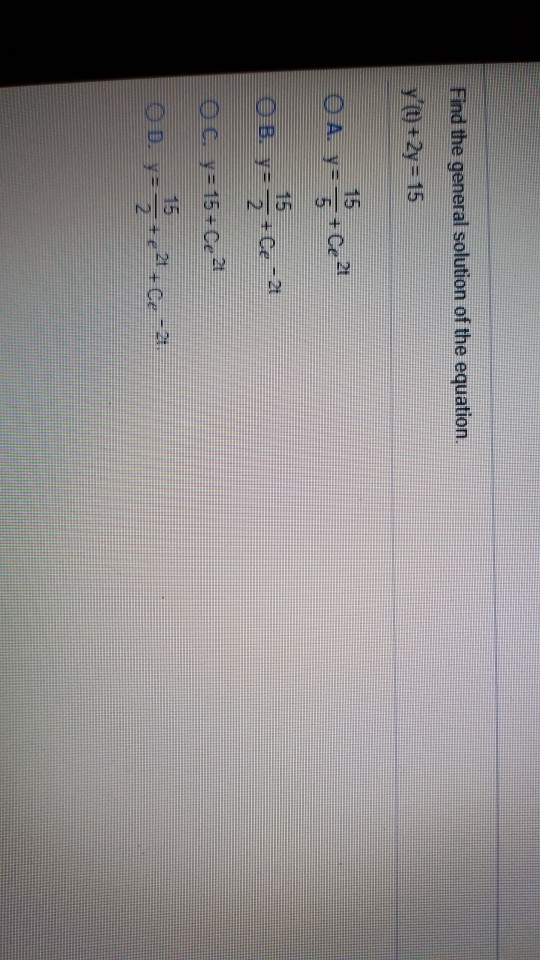
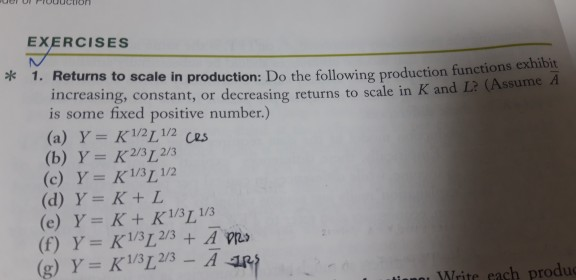
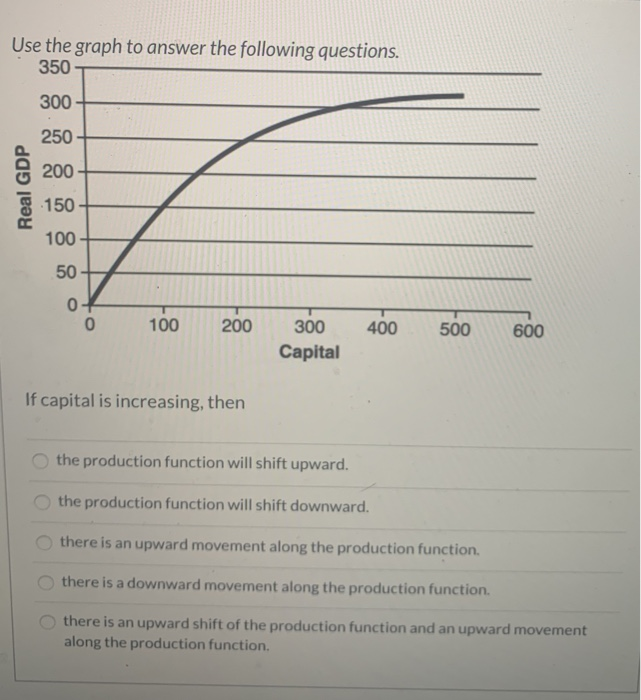
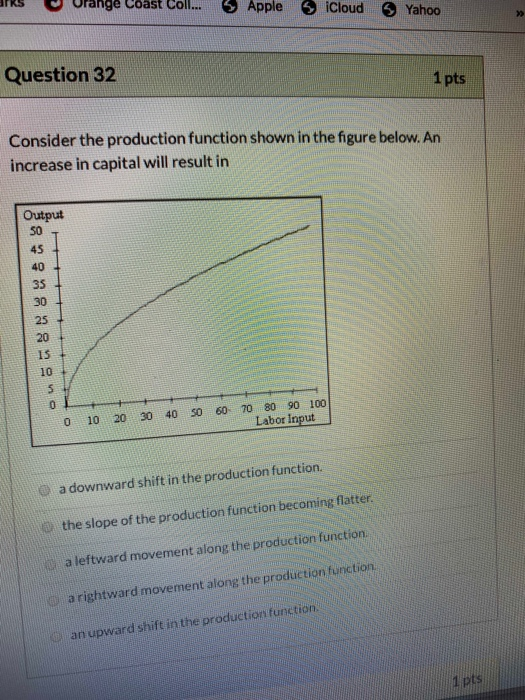
Step by Step Solution
There are 3 Steps involved in it
Step: 1

Get Instant Access to Expert-Tailored Solutions
See step-by-step solutions with expert insights and AI powered tools for academic success
Step: 2

Step: 3

Ace Your Homework with AI
Get the answers you need in no time with our AI-driven, step-by-step assistance
Get Started


